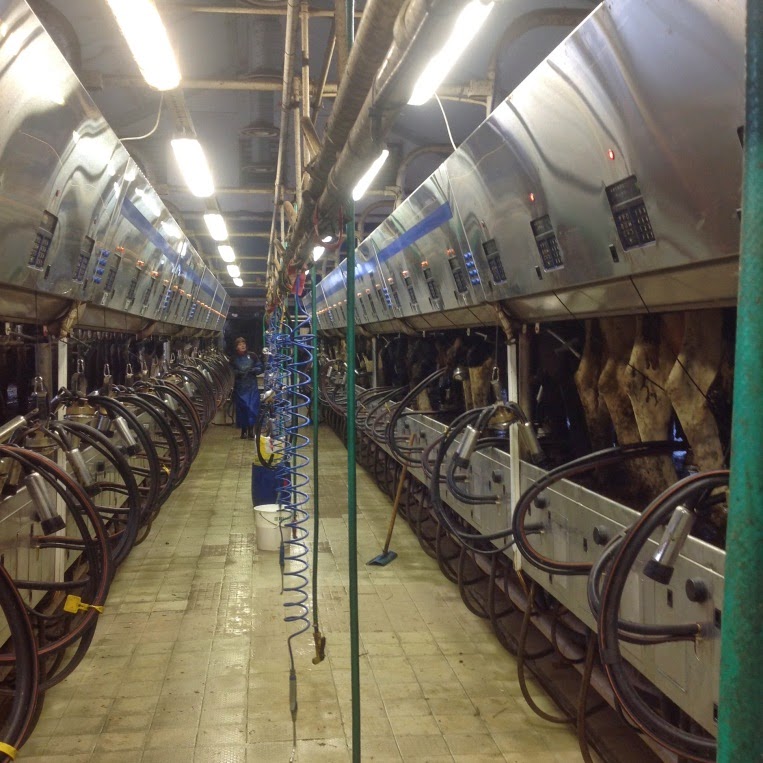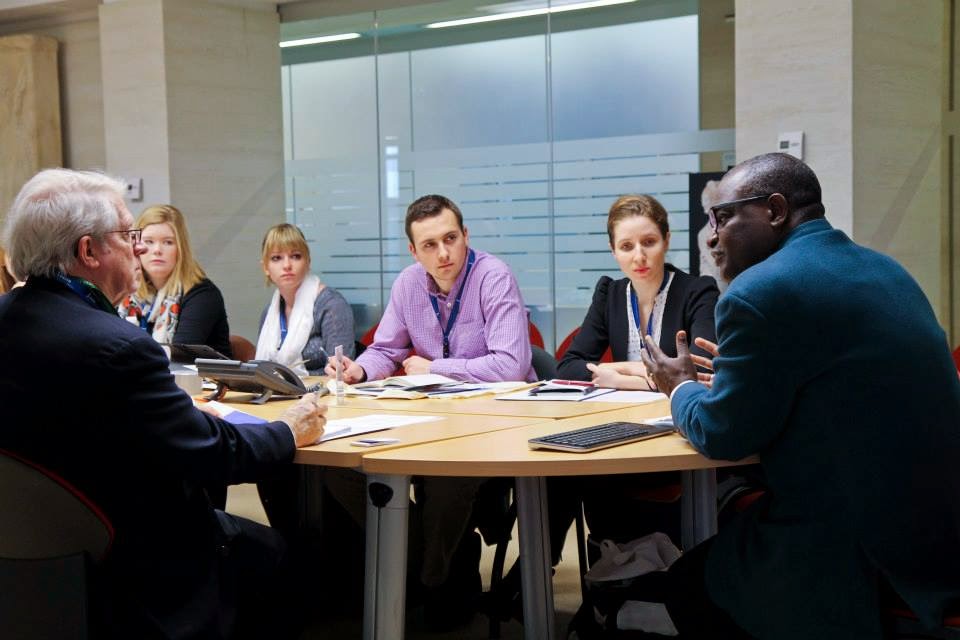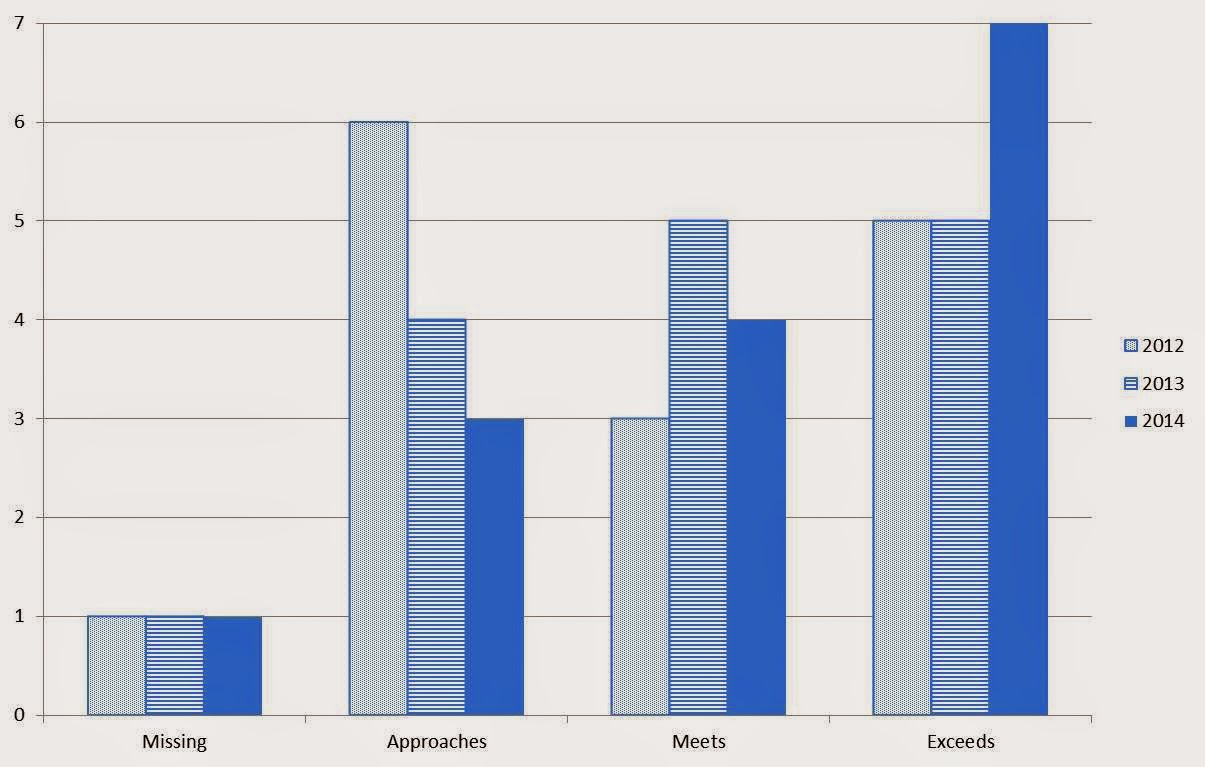By Anura Herath
I have had the “golden opportunity” to listen to a great keynote speech delivered by Professor M S Swaminathan, one of the world authorities in rice breeding research. He spoke at the Regional Workshop organised by IFAD’s Asia and the Pacific Division in Siem Reap, Cambodia on 2 - 4 December 2014. The theme of the workshop was “Transforming Rural Areas: Strategic Visions for Asia and the Pacific”. The workshop was opened by His Excellency the Prime Minister HE Hun Sen of the Royal Government of Cambodia.
Professor Swaminathan shared the wealth of his experiences that span over a period of six decades. Many elements resonated with me as potential solutions to key challenges of transforming rural areas. Hun Sen touched on all of the key challenges .
The greatest challenge as both orators eloquently presented to us is that the world will need 50% more grains by 2030. This grain will need to be produced with almost 30% less arable land. Asia and the Pacific region will take on at least 2/3 of this burden. It will effect the food security of rural poor people unless the challenge is systematically addressed and solutions are found. Food production will become more difficult with degraded soil, depleted natural resources, and demographic changes that are taking place through rural - urban migration.
 |
| Professor Swaminathan delivering key note address at the Asia and Pacific Regional Workshop in Siem Reap, Cambodia. ©IFAD/Kimlong Meng |
The greatest challenge as both orators eloquently presented to us is that the world will need 50% more grains by 2030. This grain will need to be produced with almost 30% less arable land. Asia and the Pacific region will take on at least 2/3 of this burden. It will effect the food security of rural poor people unless the challenge is systematically addressed and solutions are found. Food production will become more difficult with degraded soil, depleted natural resources, and demographic changes that are taking place through rural - urban migration.
I take Professor Swaminathan’s words as a set of guiding principles to facilitate rural transformation. There was one underlining theme that ran throughout his speech - a series of holistic approaches are necessary to drive rural transformation. Approaches such as an evergreen revolution - including organic, green and climate smart agriculture and opportunities for market driven non-farm employment both entail multipronged strategies. On the agricultural front, it is the norm rather than exceptions.
Managing five key areas - namely soil, water, technology, credit with insurance, and remunerative markets to increase farm production, as Swaminathan reiterated, would be fundamental in agrarian transformation. A prototype of such integration is the bio-village model of sustainable food and livelihood security. This model addresses both on-farm and off-farm development while keeping the focus on natural resource conservation and enhancement. These are imbedded in the holistic approach to rural development.
Many of the IFAD projects that I know of, especially the ones that have been designed during the last 10 years have the potential to take this holistic approach on board. Examples can be found in Sri Lanka, Philippines, India, and Bangladesh. The Dry Zone Livelihood Development Project in Sri Lanka and Northern Mindanao Community Initiatives and Resource Management Project in the Philippines for instance have had activities to cover all five key areas listed above.
One can find many of such projects if one looks at the records. Of course these projects had an element of complexity in the design which in some cases brought about implementation difficulties while others did well. Lately, the IFAD project designs have taken a different approach. Simplicity in design has been emphasised and as a result at least the designs that I have had a chance to look at have lost the spirit of the holistic approach. Particularly the designs with a value chain focus have dominating features of the commodity approach. A debate that I would like to initiate here, before losing the echo of Professor Swaminathan’s words, is the importance of bringing the holistic approach, at least to some extent, into the IFAD project designs.
We can look for a fine balance between simplicity – which means having two, or maximum three components in a design - and the essential interventions in a particular target area that are needed to attain the transformation. Encouraging partnerships, which was one of the main discussion points of the workshop, provides an opportunity to integrate the holistic approach.
Issues regarding responsibility and accountability of implementing partnership arrangements and activities therein are a concern, particularly when such activities are critical to achieving total progress. It is therefore essential, in my view, that serious discussions be held and important commitments from other parties be included in agreements, perhaps including the project loan agreement, if IFAD depends on partnership arrangements. This applies to those that are offered by the respective government institutions.
Another option would be to identify critical activities of an ongoing result chain that provide an opportunity for IFAD to intervene effectively. The process requires research beyond the Country Strategies and Opportunities Programme (COSOP), area targeting and scoping which is more than alignment and harmonization with government policies, and critical path analyses with holistic approach in mind in project designing. We need to discuss whether we respect such approaches seriously in the designing process of projects. There may be other options and approaches. The purpose of this blog is to open up the discussion and to take maximum advantage of deliberations that we had in Siem Reap, Cambodia.
Anura Herath, IFAD Country Programme Officer, Sri Lanka



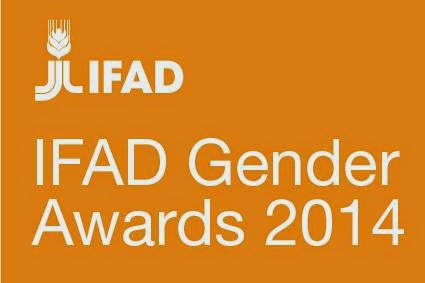
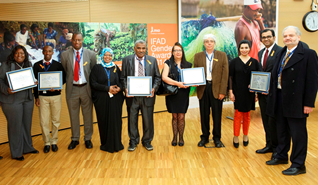

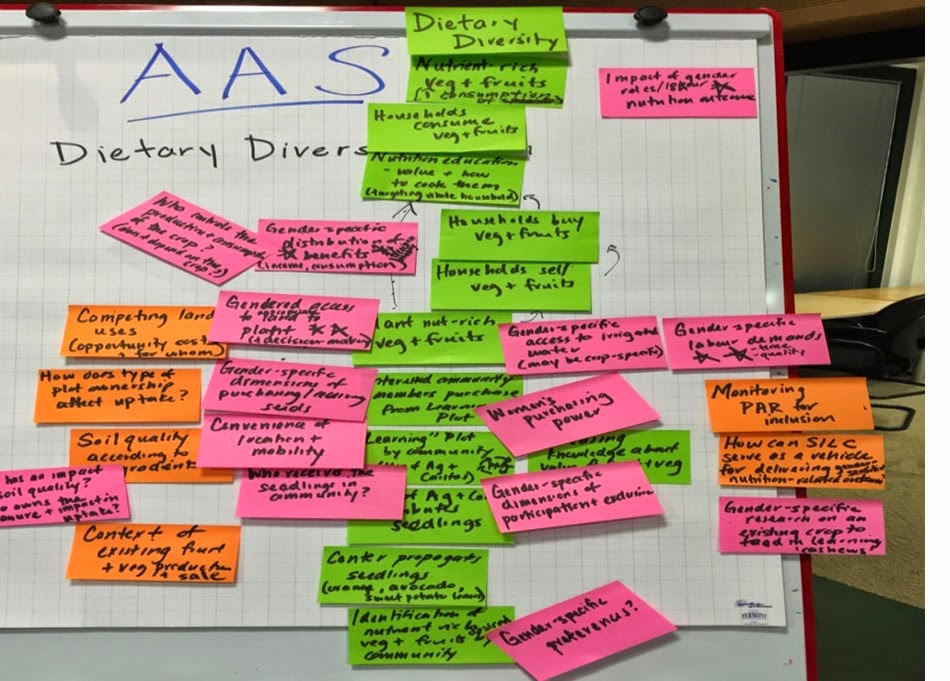

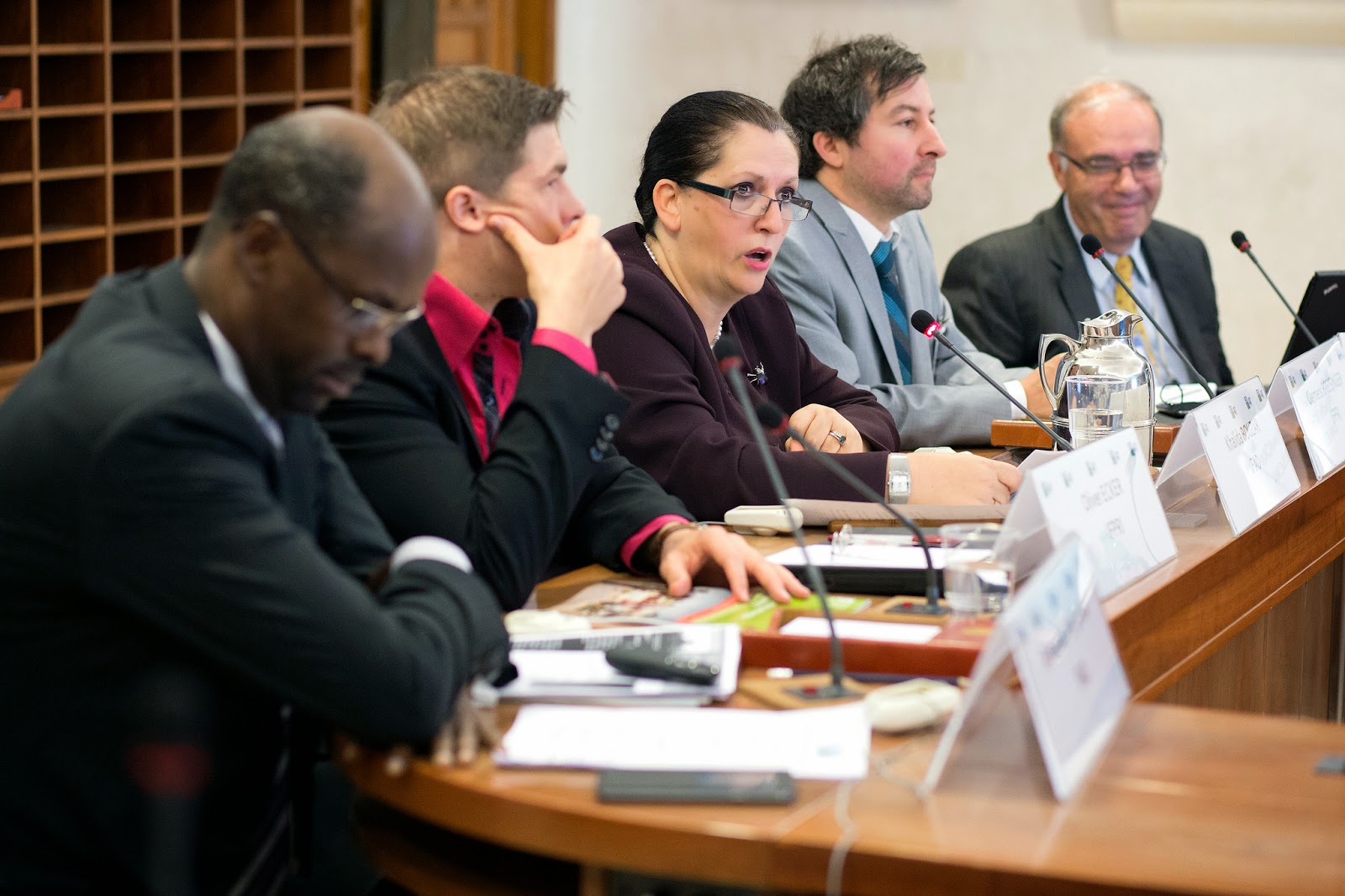.jpg)

